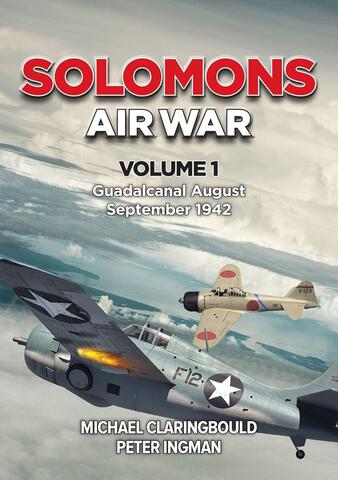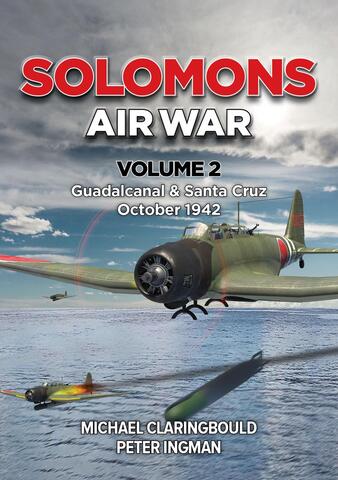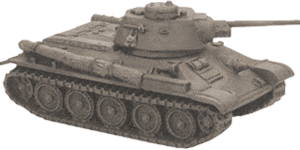Solomons Air War


This review covers volumes 1 and 2 of the Solomons Air War series by Michael Claringbould and Peter Ingman. Combined, both volumes offer a superbly detailed and richly illustrated look at the pivotal campaign in the air that defined the turning of the tide in the epic 1941-1945 war in the Pacific. This review will take each volume in turn.
Volume 1 of Solomons Air War focuses upon the aerial warfare in the August-September 1942 period of the war in the Solomons Islands theater, as well as what happened earlier that spring and summer which led up to the campaign. The narrative initially covers not only the Japanese taking of Tulagi and Guadalcanal, but the plans and capabilities of the respective combatants. From there, the August 1942 American led counter-invasion of Tulagi and Guadalcanal is analyzed as well as that of the initial Japanese response.
Both sides poured in resources, with the Imperial Japanese Navy bearing the brunt on Japan's side, and US Navy and Marine carrier-based Wildcat fighters, SBD Dauntless dive-bombers, and TBF torpedo bombers on the other. In addition, the activities of the United States Army Air Force are covered. Notably, this volume amply illustrates the importance of airborne reconnaissance. It thoroughly covers the important role played by the respective fleets of float planes and bombers flying in reconnaissance roles. This volume also details the entry of the IJN's main carrier forces, and the combat in the skies over land and sea is covered in detail.
Similar in its attention to detail and analysis, the second volume of Solomons Air War picks up where the first volume leaves off, spending its entire length on the aerial combat that took place during October 1942. Much of this fighting corresponded to not only the great naval battles in the surrounding waters, but also the attempts of both combatants to reinforce their forces in the region. Both books make ample use of Allied and Japanese sources. These sources, when taken together as done here, help provide a well-rounded and accurate look at what happened and why events unfolded in the manner which they did. The illustrations and maps are well done. They do much to help the reader visualize these important aspects of the Solomons air campaign.
Each volume can be read alone. Taken together they are superb. I highly recommend these books to anyone interested in the fighting in the skies over the Solomons during the August-October 1942 period that largely determined the campaign's outcome.



Post new comment